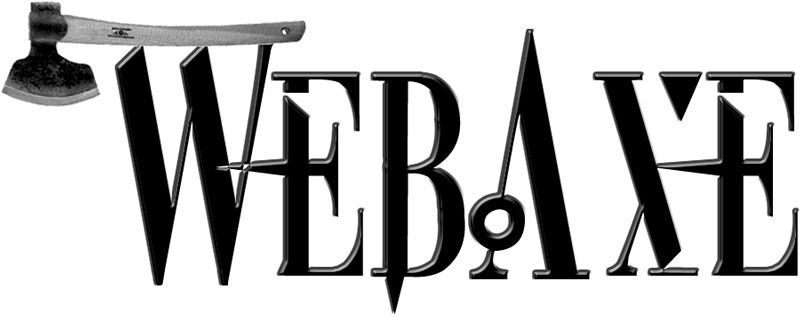Dennis and Ross explain aural style sheets, a nifty part of CSS2.
Download Web Axe Episode 58 (Aural Style Sheets)
News & Announcements
- ArbCamp – Great Success
- Ross now a Mac Person
- San Jose earthquake 5.6
- Web Design and Marketing Solutions – Looking for reviewers (graphicpush)
- Andrew Kirkpatrick – Web Standards and Regulatory Compliance
- Jared Smith of WebAIM helping revise Section 508
- Screen Readers sometime ignore display:none
- Email Spambot Buster
What are Aural Style Sheets?
A way of controlling speech synthesis and auditory icons with CSS2, usually through a screen reader.
H1, H2, H3, H4, H5, H6 {
voice-family: paul;
stress: 20;
richness: 90;
cue-before: url("ping.au")
}Supported by: Emacspeak, Fonix SpeakThis, and the Opera Browser
Benefits
- More control over how screen readers will render your documents
- Also beneficial for those who want your content in a mobile manor (on the road, exercising, almost podcast-esk)
- Near future, more devices may access internet that you may want read, such as car
Example: Speak-numeral element
digits: a string of numbers is spoken as a whole number (123 = one hundred twenty-three)
continuous: numbers in a string are read successively (123 = one two three)
Elements
- volume
- speak
- pause
- cure
- play-during
- spacial elements (ways to have two voices appear from different areas)
- voice character
- speech rate
- voice family
- pitch
- pitch-range
- stress
- richness
- speak-punctuation
- speak-numeral
Links
- Aural Style Sheets specification (W3C)
- Can You Hear Me Now? (Accessites.org)
- CSS2 Aural Reference (W3Schools)
